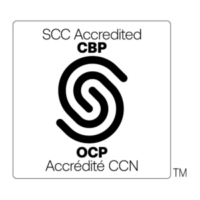Technical Program
Here are the conferences that will be presented at the 2024 CMVA Annual Technical Conference.
Please consult the Speakers page to know more about them, and the Agenda in a glance page for the presentation schedule for each day.
Click here to download the technical schedule


